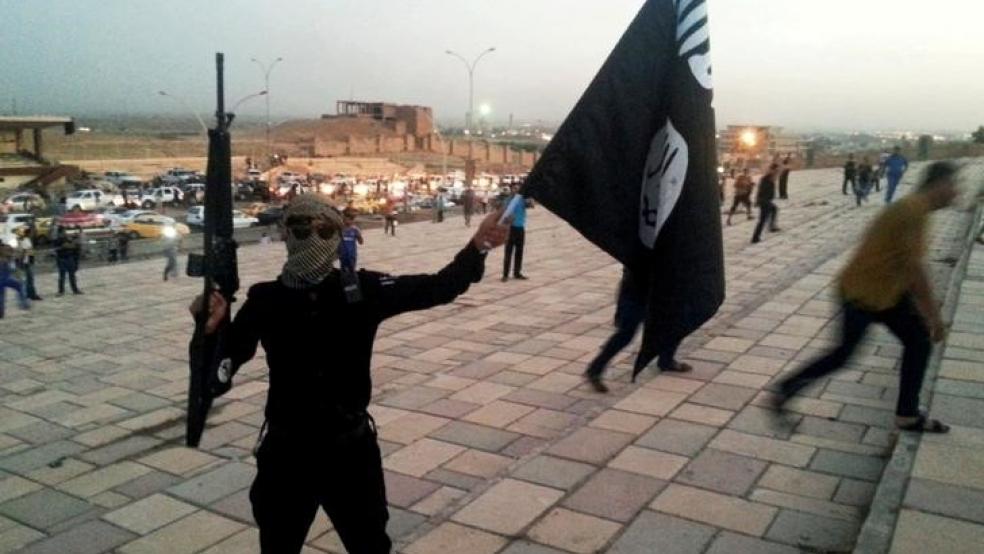He spoke on state TV in the early hours of Monday. The fight is expected to be the biggest battle in Iraq since the 2003 U.S.-led invasion which toppled Saddam Hussein.
Here are some facts about Mosul, which had a population of about 2 million before the Sunni militants seized it in 2014. Mosul became the largest city to fall to the jihadists. - About 800 militants took it over, facing little resistance from an army widely accused of corruption. Iraq and its Western allies were stunned. Islamic State was so confident at the time that its leader, Abu Bakr al-Baghdadi, calmly walked into the Great Mosque of al-Nuri in Mosul in broad daylight and declared a caliphate and himself the leader of the world's Muslims. - Mosul is the capital of Nineveh governorate in northwestern Iraq, also home to Iraq's biggest dam. Mosul's original location was on the western bank of the Tigris River. The modern city spread to the eastern side and now surrounds the ruins of the ancient Assyrian city of Nineveh. Mosul is located 390 km (240 miles) north of Baghdad. - Iraq's second-largest city, it was once the commercial hub of the Northwest, with thriving cement, textile and sugar industries. - Besides the Sunni Arab majority, Mosul had a large number of Christians, predominantly Assyrians. Kurds, Turkmens, Yazidis and Armenians made up the rest of the population. Earlier Sunni extremists then Islamic State showed no tolerance for diversity. - Mosul was one of the most enlightened cities in the Middle East. It was home to the famous Medical College, one of the largest educational and research centers in Iraq and the region. - It also contained ancient buildings, some dating back to the 13th century. They included the Great Mosque and the Red Mosque, Muslim shrines and several churches, in addition to mausoleums. Islamic State demolished shrines, mosques and churches and posted images of the destruction on internet sites. - Mosul had witnessed an earlier period of Sunni extremism in the last days of Saddam Hussein. Muslim extremists began targeting and killing nuns and other Christians who had roots dating to the 17th century. Over the years there has been a mass exodus of Christians from Mosul and other cities following attacks and threats on the minority.- Mosul was once known as "the city of a million officers," because Saddam Hussein, a secular Sunni Muslim, had stationed so many personnel there. Many of his Sunni generals and other army officers, as well as intelligence agents and police, came from Mosul. - In 2003, Saddam Hussein's once feared sons, Uday and Qusay, who sought refuge in Mosul after the U.S.-led invasion, were killed when American forces attacked their villa hideout. (Writing by Michael Georgy; Editing by Cynthia Osterman)Factbox: Once-tolerant Mosul site of Iraq push against Islamic State

Stringer



